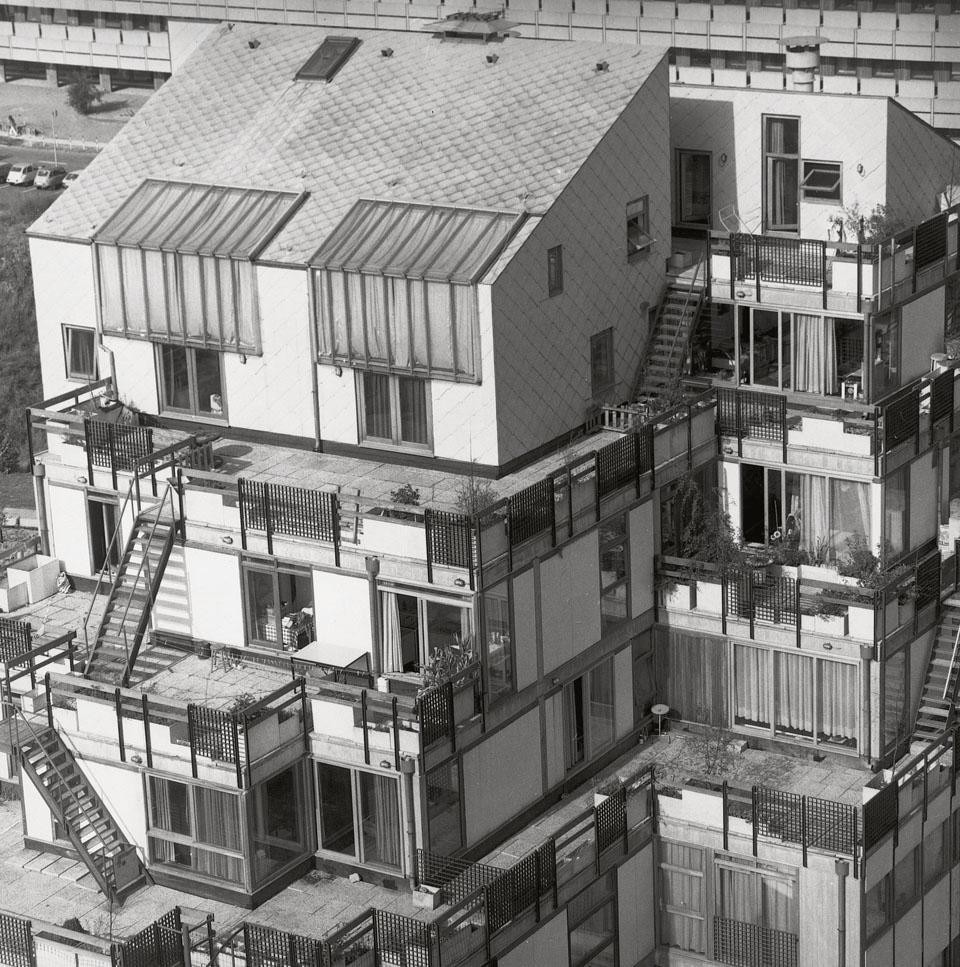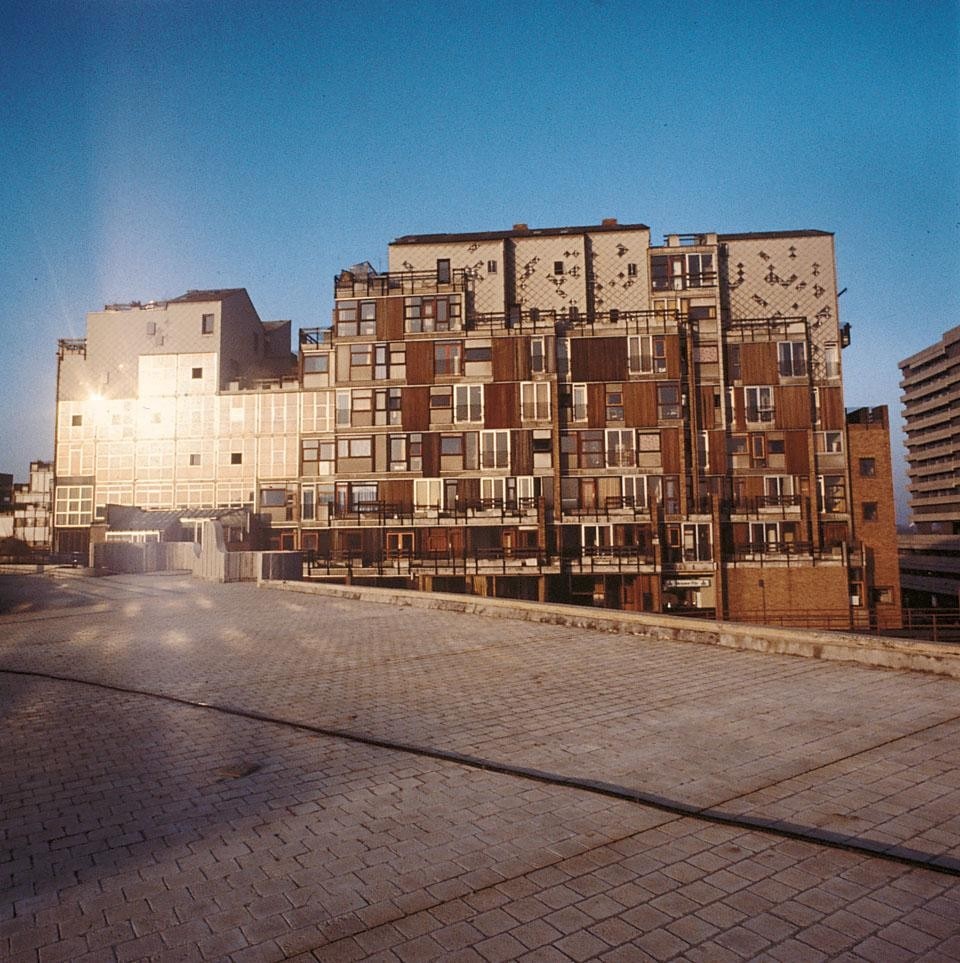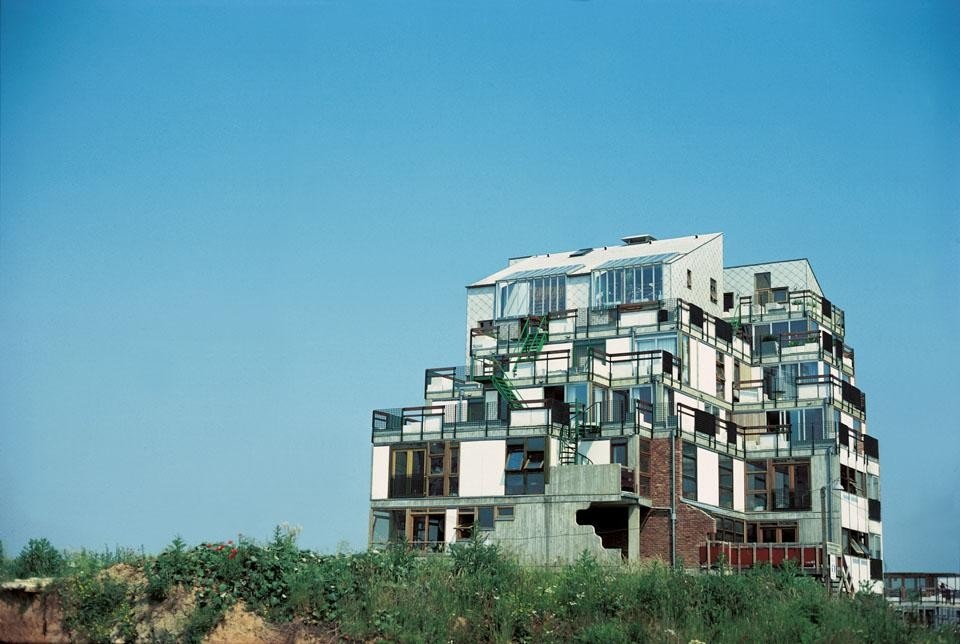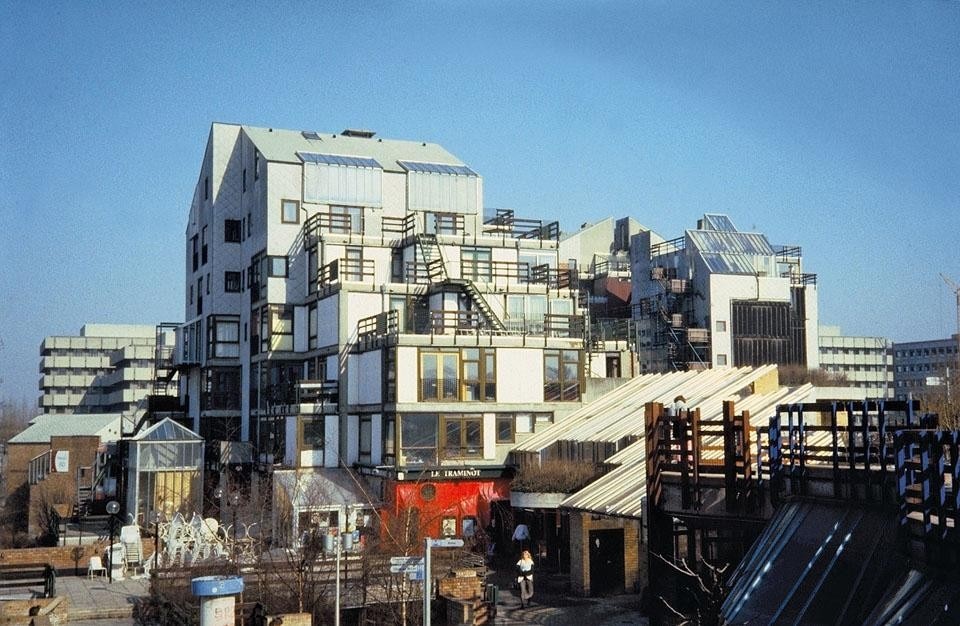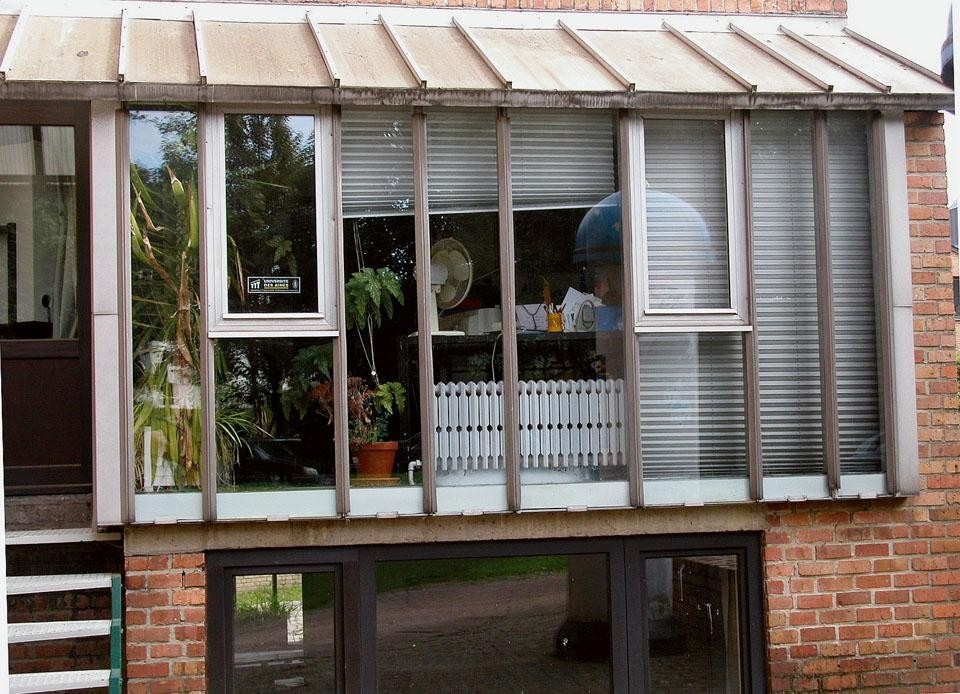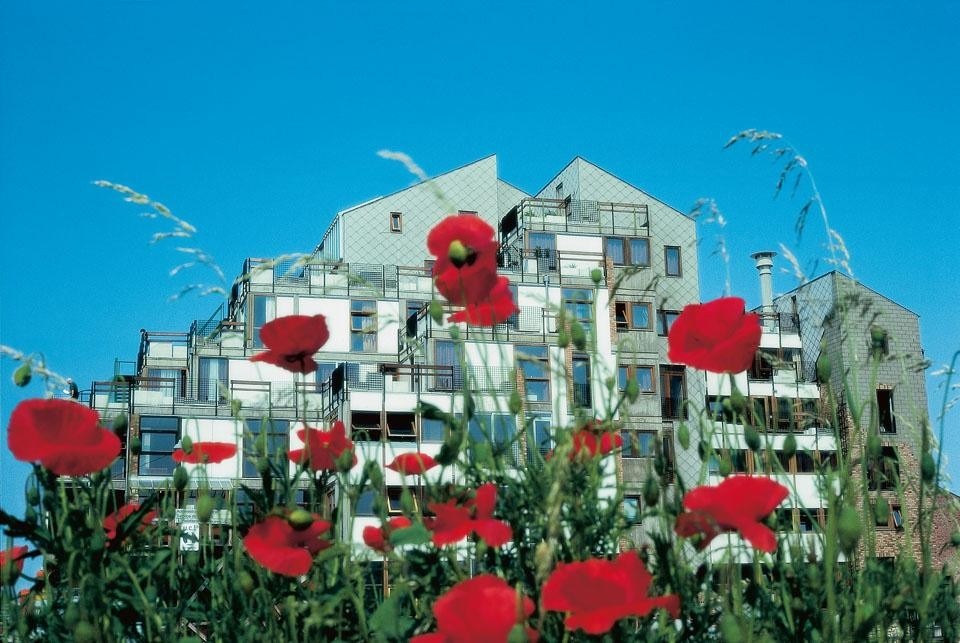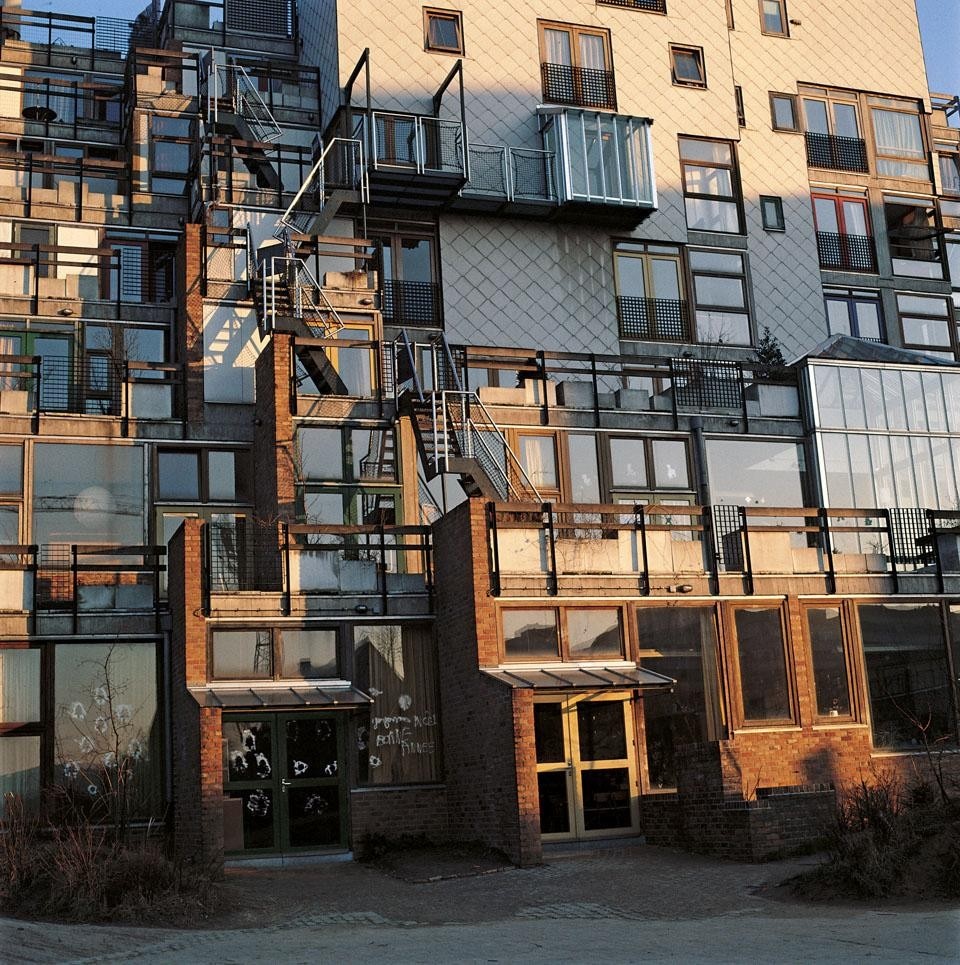
Participation is a complex matter, as Giancarlo De Carlo reminded us when he pointed out that the communicative attitude of architecture is potentially available to all. Communication through architecture is an eminently political act, Kroll maintains: the architect is the catalyst of a creative process and social dynamic, in respect to which they make their knowledge available for the translation of interpersonal relationships into a suitable space. The participatory process therefore has to be set in motion; or at least, architects must step out of themselves and put themselves in the shoes of future residents. Architecture must be saved from the architect's exclusive dominion, and redirected towards participation, with "an action open to new necessities and to decisions that are always provisional and incomplete". In short, an architecture-process (defined by Kroll as Incrementalism) occurs which is not all that different to Process Art. From 1966-'67, that movement had in fact rejected all seriality to highlight the process of the work's construction and its evolution in time, with the aid of assorted natural and industrial materials. The ramifications of that Process Art reached as far as Joseph Beuys, whose biography, along with his ecological commitment, contains an event curiously shared by that of Kroll. Almost simultaneously in fact, in 1972, Beuys was dismissed from his post as professor at the Düsseldorf Academy for having supported the occupation of the school by its students, while UCL (Université Catholique de Louvain) prevented the Belgian architect from completing his design of the campus, due to cultural incompatibility. Between 1970 and '72 the UCL's Social Zone was a theatre of experimentation, research and options, later explored by Kroll as he turned increasingly to an overview of living. Here the scale and complexity of the brief enabled him to envisage an action whose outcome would reach beyond the architectural object to an intricate dynamic entity. "Like a spongy living tissue", it is defined in a continuous exchange with its surroundings. In this light, the circulation layout assumes a crucial role. On the micro-urbanistic scale, a network of access points meticulously subverts the plan with the reduction of a sixlane highway to a minor connecting road. A decade later, the same logic of permeability underlies the Alma subway extension, for the only opensky station in Brussels, to a project by Kroll himself. But above all it is on the scale of the building that the logic of a continuous flow is to be seen, in a result somewhere between Escher and Piranesi: in the MéMé "everything communicates and opens, each element sees and can understand and meet the other. The floor slabs are open between one level and the next, the walls are cut out, the skylights are transparent everywhere, and the balconies are visible to one another. There are numerous entries, so people can come from anywhere, from the cellars to the attics and terrace staircases, from the walkways". This allows even what are often cumbersome restraints, such as fire escapes, to be dealt with in different ways. There is clearly a tribute here to the concept of community living and to a "transparent" society closely allied to the ideas of those years. However, the Maison Médicale also includes "opaque" zones, for "regular" accommodation: different but mitigated in the construction of a collective design – not the same thing as the "new subjectivism" which produces mass personalisations, hyperrequested by the market.
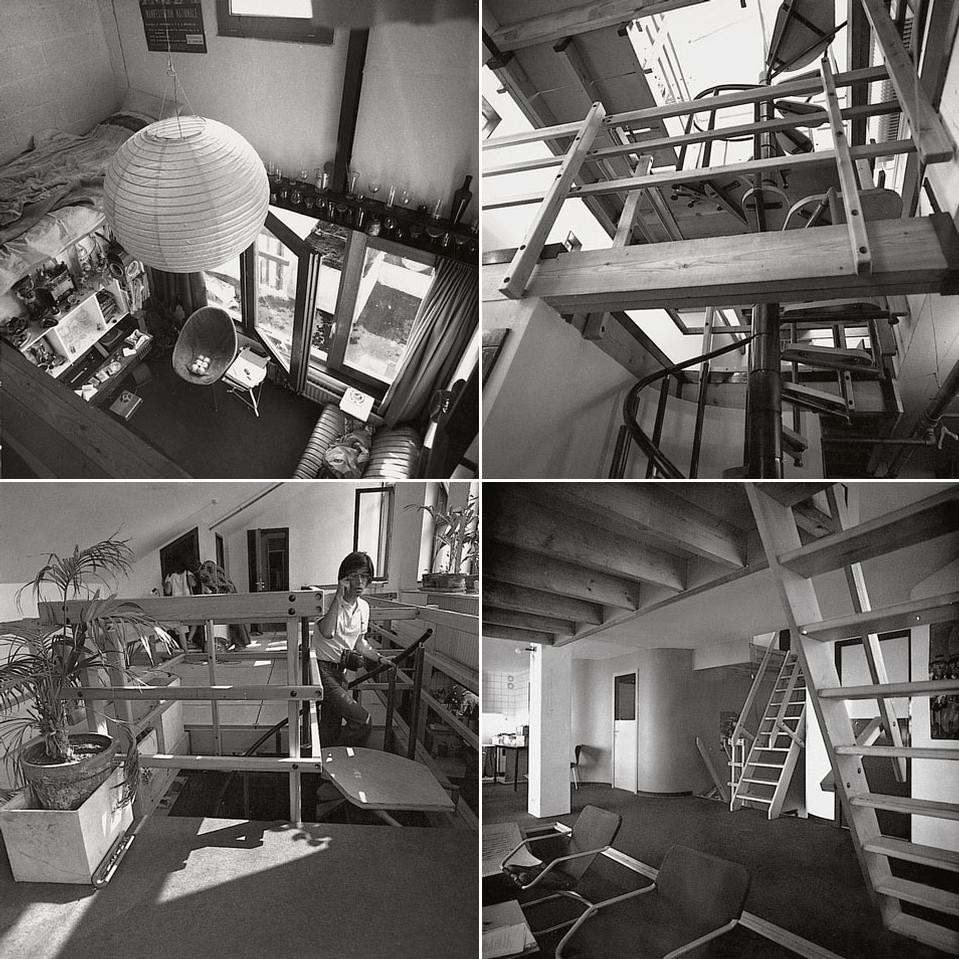
A highly original methodology is devised by stimulating an intuitive and spontaneous knowledge, "a game with a direct impact on reality". This enables a historical stratification of the work to be recreated in vitro, starting from a rejection of canonical unities (function, language, time). But what language? If after the modern, regularity and symmetry conveyed nothing but a sense of unnatural order, one might as well turn to "situationist" practices in architecture too: to consider the first element at random (as from a pack of playing cards); noting where it stands in the configuration and where its specific characteristics reside, so as to fit it into a general context without destroying or reducing it to an abstraction. A mosaic is thus completed, where the sign's motivation is aleatory. All this, in the case of the MéMé, is translated into the much discussed elevation with its mixture of windows and wood, aluminium and iron panels: a repertoire of constructional elements using the modular coordination of assorted elements. Here we have an extreme case of technologies explored for their creative scope, as an answer to much of the architecture of the same period which failed to achieve anything beyond bare prefabrication. "First of all classify the inhabited landscape within 'global' human knowledge, and then discuss the means of materialisation: everyone has something to contribute. Relations will also have to be reinvented with newly artistic techniques," remarked Lucien Kroll about his project for the French Pavilion at the 2006 Venice Biennale. One of these means of materialisation is certainly that of nature. The wild gardens planted on the artificial hillocks around the MéMé, under the pioneering guidance of Louis Le Roy, alluded to another open, autonomous and natural process, since nature contains every possible structure. The institution's fear of losing control over the process led to its botanical and other "normalisation", but did not wipe out every trace. Big trees today rise irregularly on the slopes, setting the measure of time past. It is not time that frightens this project, whose construction bears all the signs of its development, in a sort of preventive archaeology. But the years have witnessed a succession of incongruous and disrespectful alterations perpetrated by the university, which has never wanted to accept the value of this architecture. Paradoxically, the MéMé ought to be a listed "monument", not so much to freeze the process as to avoid its ruin. Like a haemostatic ligature, closed doors, blocked passages and unused walkways today obstruct the flow of life. Instead of imposing restraints, the legitimacy of decanting from one difference to another ought perhaps to be recognised: like the continuity in difference observed by Lucien Kroll precisely in the fragmented landscape of Belgium. Raffaella Poletti
